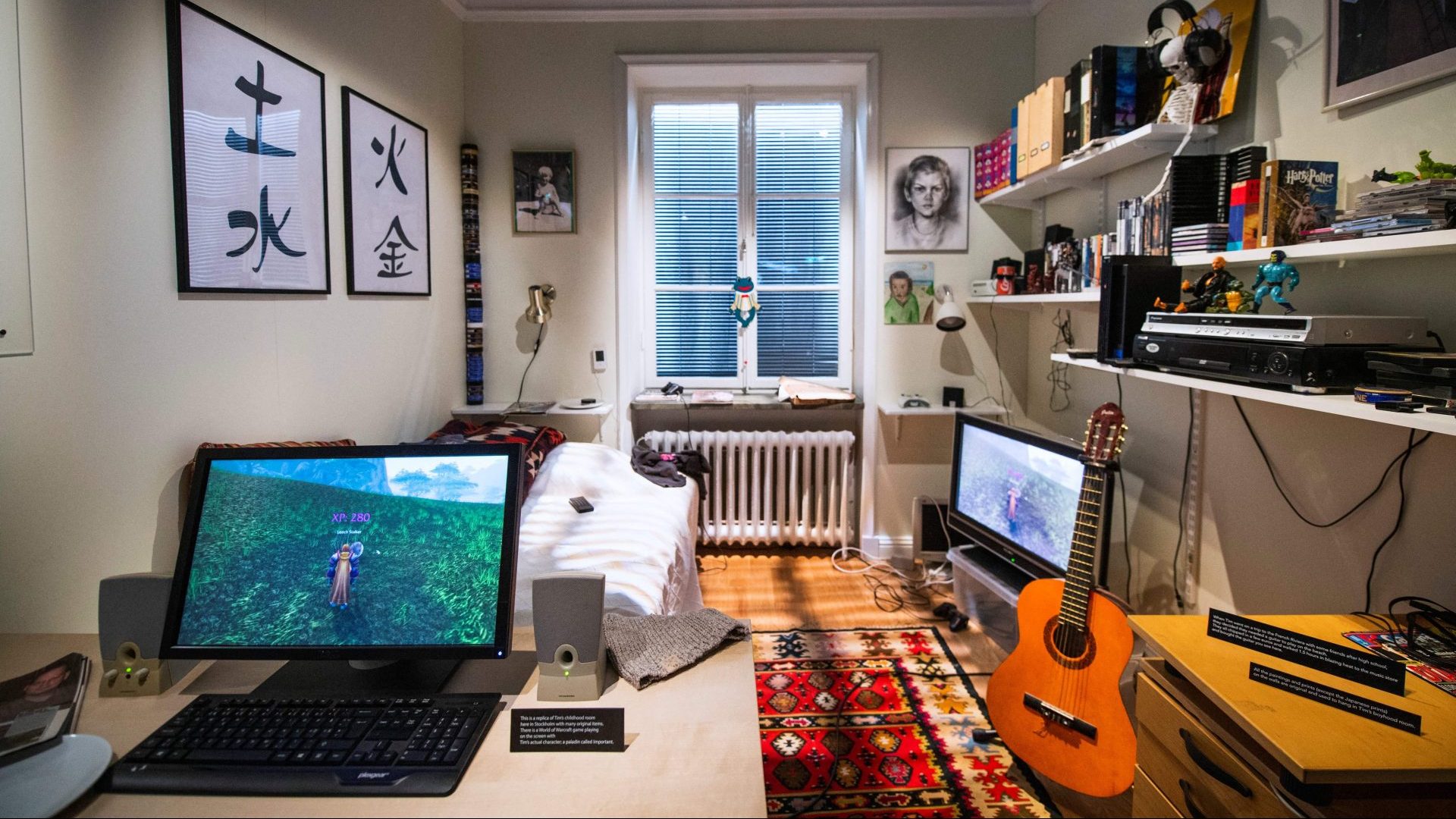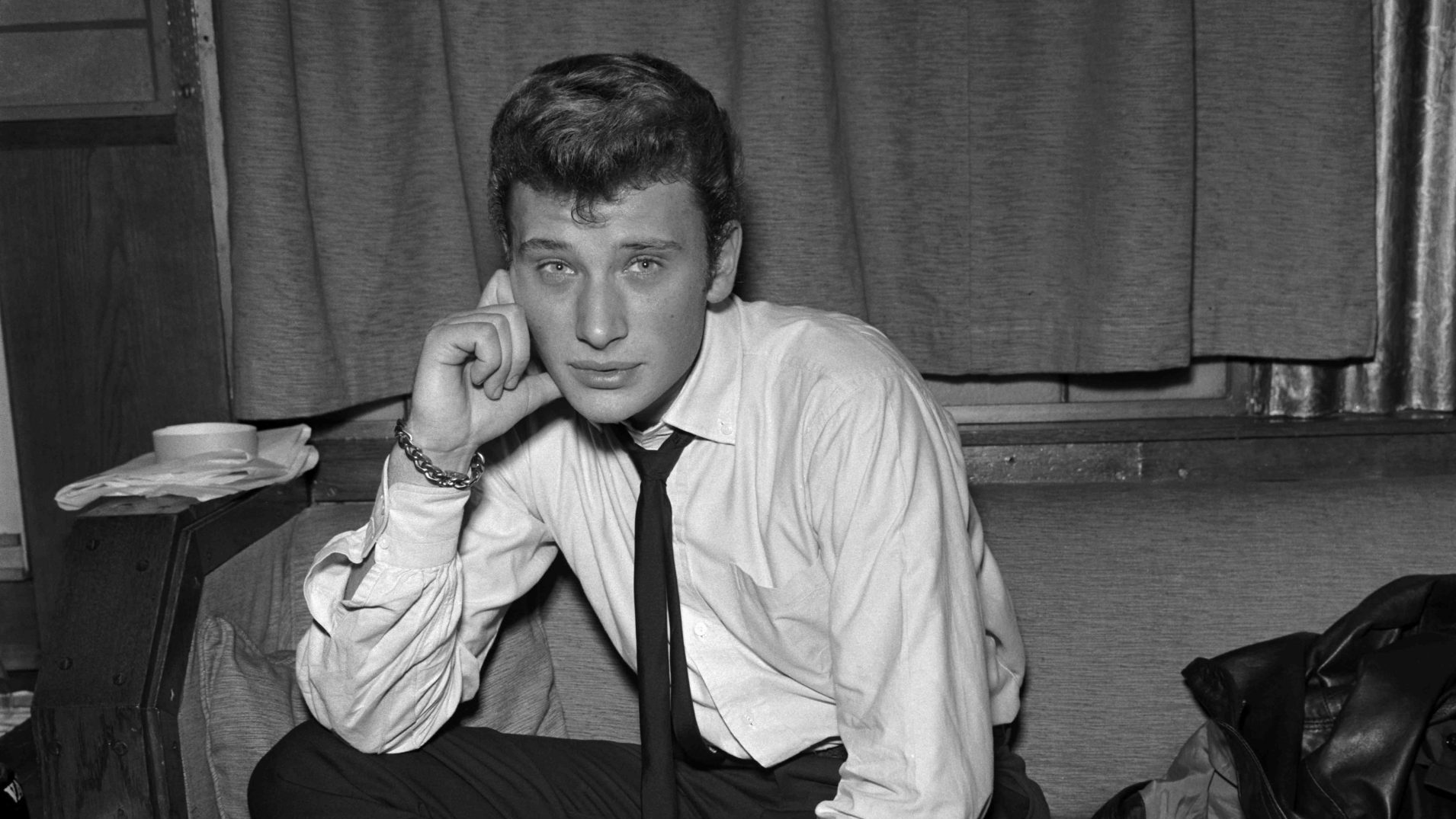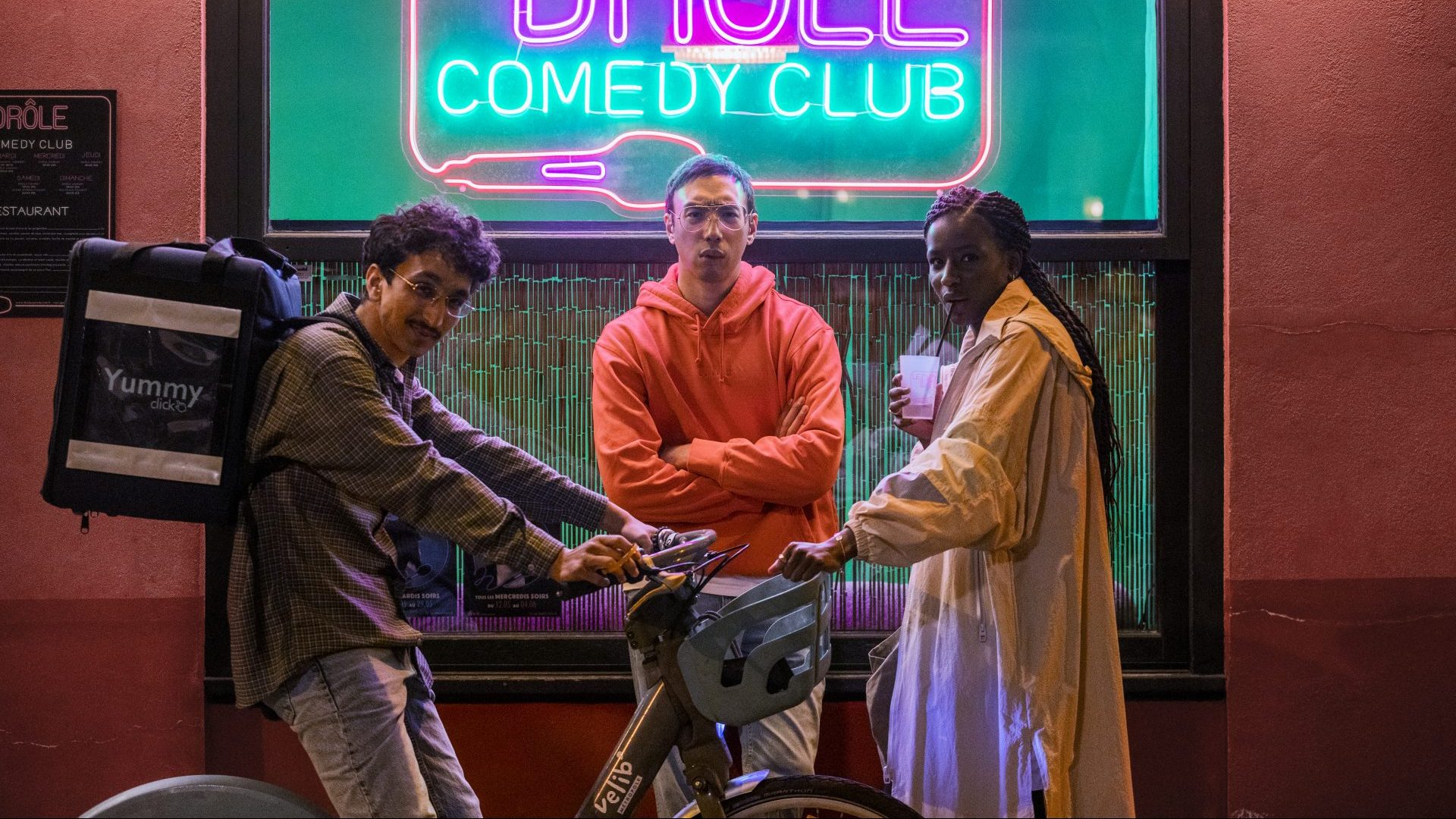The Polish village of Żelazowa Wola, some 30 miles west of Warsaw, seems
unassuming at first, but 200 years ago it became the cradle of musical genius. Here, at a picture-postcard country house, Chopin was born. If you visit during the summer weekend recitals you will hear his music waft from the window of the room where he was born while the audience listens from the beautiful gardens.
This is the kind of tranquil gentility one expects from the museums dedicated to great composers that litter Europe. There is Mozart’s birthplace in a central Salzburg townhouse, Puccini’s Tuscan villa and Mahler’s lakeside wooden composing hut in Upper Austria, just for starters. In Vienna, you can’t move without bumping into a music museum or a building associated with Strauss, Schubert, Mozart or Beethoven, and such celebrations of musical genius in bricks and mortar are part of the tourist maps of most major European cities.
Venturing further north, the weatherboarded Bergen residence of Grieg, the concrete modernist Sibelius Museum in Turku, and Carl Nielsen’s thatched childhood home on the Danish island of Funen mean the Nordic countries have had a look-in on this phenomenon, too.
Sweden, though, has done things slightly differently. Its music museums are largely dedicated to 20th-century popular singers, and in Stockholm itself – the centre of the country’s hugely successful pop industry – it is ABBA the Museum that has been the primary music heritage attraction since its 2013 opening.
Now, Stockholm’s – and Europe’s – musical map has a new attraction, which seems as far from Poland’s Chopin idyll as could be imagined. The Avicii Experience opened at Space, the city’s digital culture centre, in February, and is curated by Ingmarie Halling, also behind the Abba museum and the Super Troupers exhibition at London’s O2.
But while it deals in mock-ups and abrasive beats, the Avicii Experience may have more in common with its more earnest predecessors than at first seems the case.
Avicii, aka Tim Bergling, grew up in Stockholm. In the early 2010s he hit on
a formula that would make him one of the most successful electronic dance music (EDM) acts on the planet. His euphoric electronic melodies fused with country and folk flavours and anchored by soulful vocals scored him several worldwide hits, but less than seven years after his breakthrough, and still at the height of his success, he took his own life. He was just 28.
Part of the proceeds from the Avicii Experience go to the Tim Bergling Foundation, set up by the producer’s parents, which advocates for the recognition of suicide as a global health emergency and supports research into mental health.
The glitzy interactive museum dedicated to the producer is big on reconstructions: there’s a mock-up of his teenage bedroom, complete with
computer games and an empty pizza box; of Earfile Studios, his first studio,
which was situated in a central Stockholm basement and was where the song that launched him, Levels, was put together; and finally of the lavish home studio complete with grand piano at his Los Angeles mansion. The interactive elements include the chance to indulge in a spot of VR karaoke and a touchscreen mixing desk where visitors can create their own remixes.
But even if there seems to be a major gulf between Chopin’s bucolic historical birthplace and this synthetic enterprise, both museums deal in
memory and emotion, and observe the tradition of the secular relic. The
museum at Żelazowa Wola includes books from the Chopin family library, first editions of Chopin’s compositions and a letter written by the 17-year-old
composer to his family. These items cater to “visitors anticipating an emotional experience”, according to the attraction’s website. The Avicii
Experience, meanwhile, puts the producer’s collections of trainers, baseball caps and guitars on display, and has mental-health first-aiders on site to support those whose emotional reaction to such exhibits, and to the tragic end of their owner, becomes difficult.
And despite the artificial elements, the Avicii Experience is also keen to emphasise the difference between “the artist Avicii and the person, Tim Bergling”, reflecting on the pressures of fame that affected him so badly through a room lined with mirrors and filled with the sounds of the life of a superstar DJ – club crowds, jet engines and paparazzi camera shutters.
How museums approach their celebration of great musicians may vary, but they all ultimately try to get a sense of that person’s tangible reality behind the sounds, proving that we are always looking for new ways to connect with music that moves us.
AVICII in five songs
Levels (2011)
Avicii’s breakthrough hit and an international smash, Levels used Etta James’s vocals from Something’s Got a Hold on Me and became one of the anthems of the last decade.
I Could Be The One (2012)
A collaboration with Dutch DJ Nicky Romero, featuring lilting vocals from Swedish singer and songwriter Noonie Bao, this UK No 1 reached No 3 in Avicii’s native Sweden and topped the US Dance Clubs chart.
Hey Brother (2013)
With vocals from bluegrass singer Dan Tyminski, this was a megahit that combined the emotional and heartfelt with the euphoric and anthemic.
Wake Me Up (2013)
This bona fide smash hit – and Avicii’s second and last UK No 1 – found EDM beats, soulful vocals and folk and country elements colliding.
The Nights (2014)
With the feel of a sea shanty (there’s even some accordion on there), this collaboration with American artist Nicholas Furlong was another of Avicii’s progressive house-meets-folktronica tunes.




